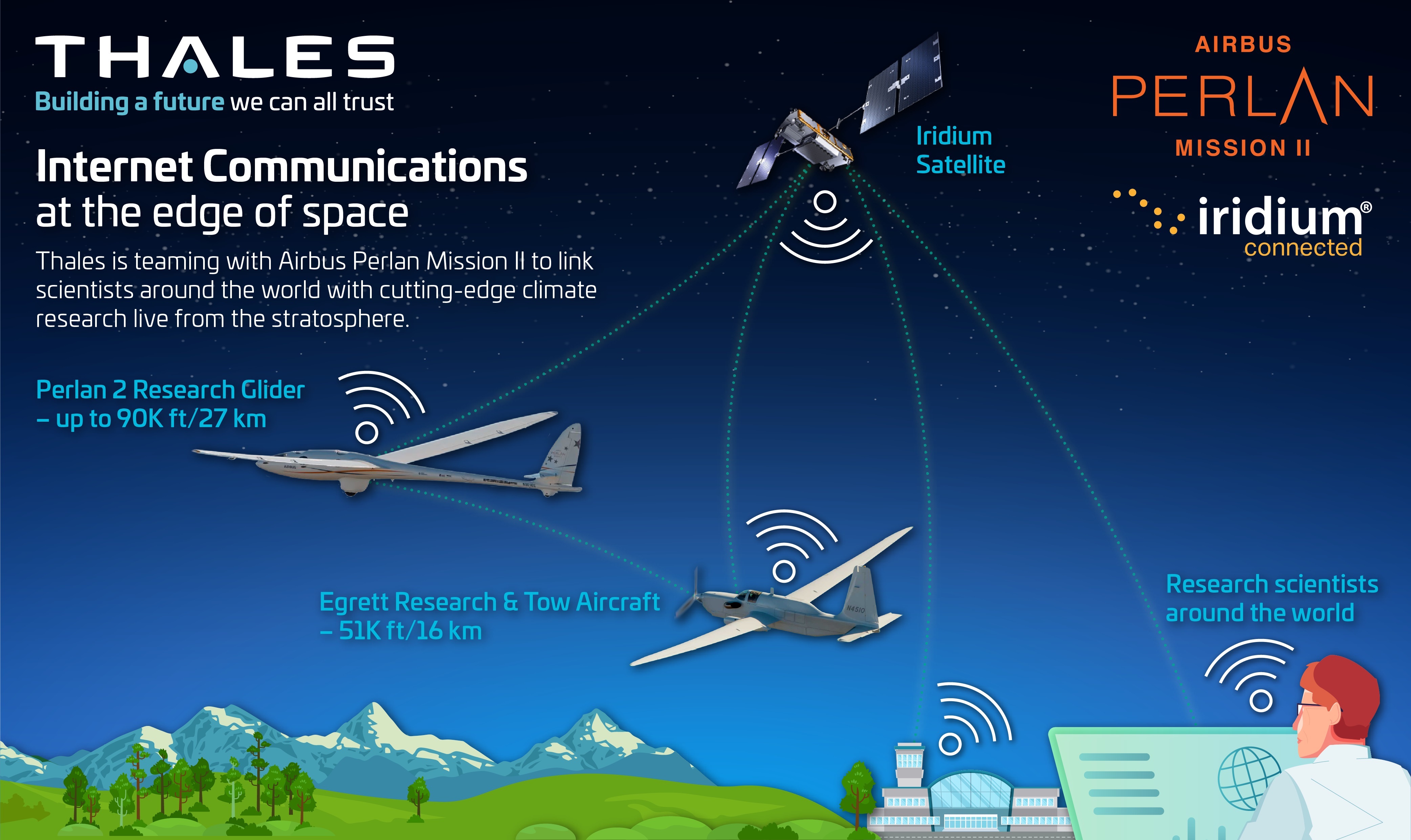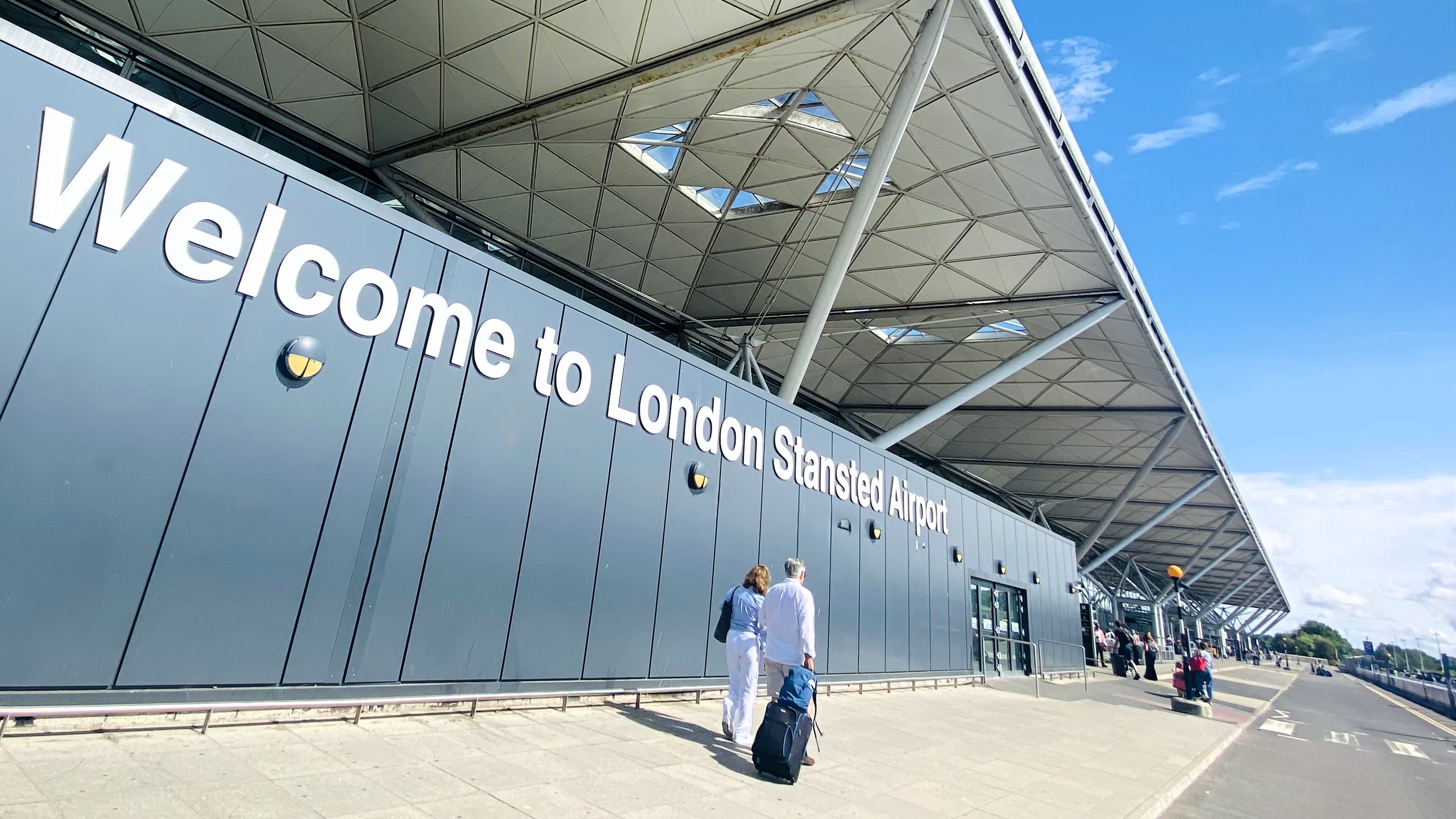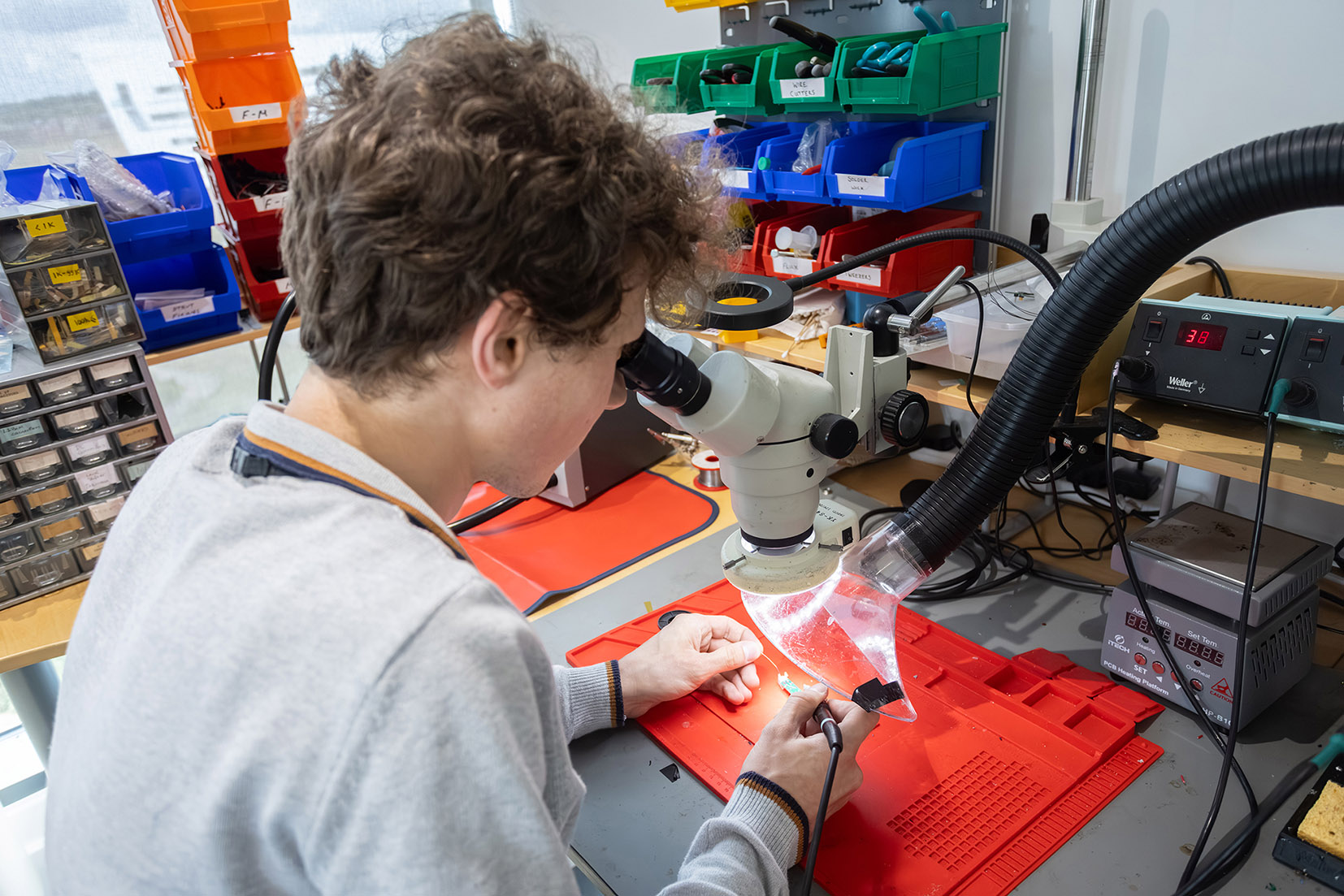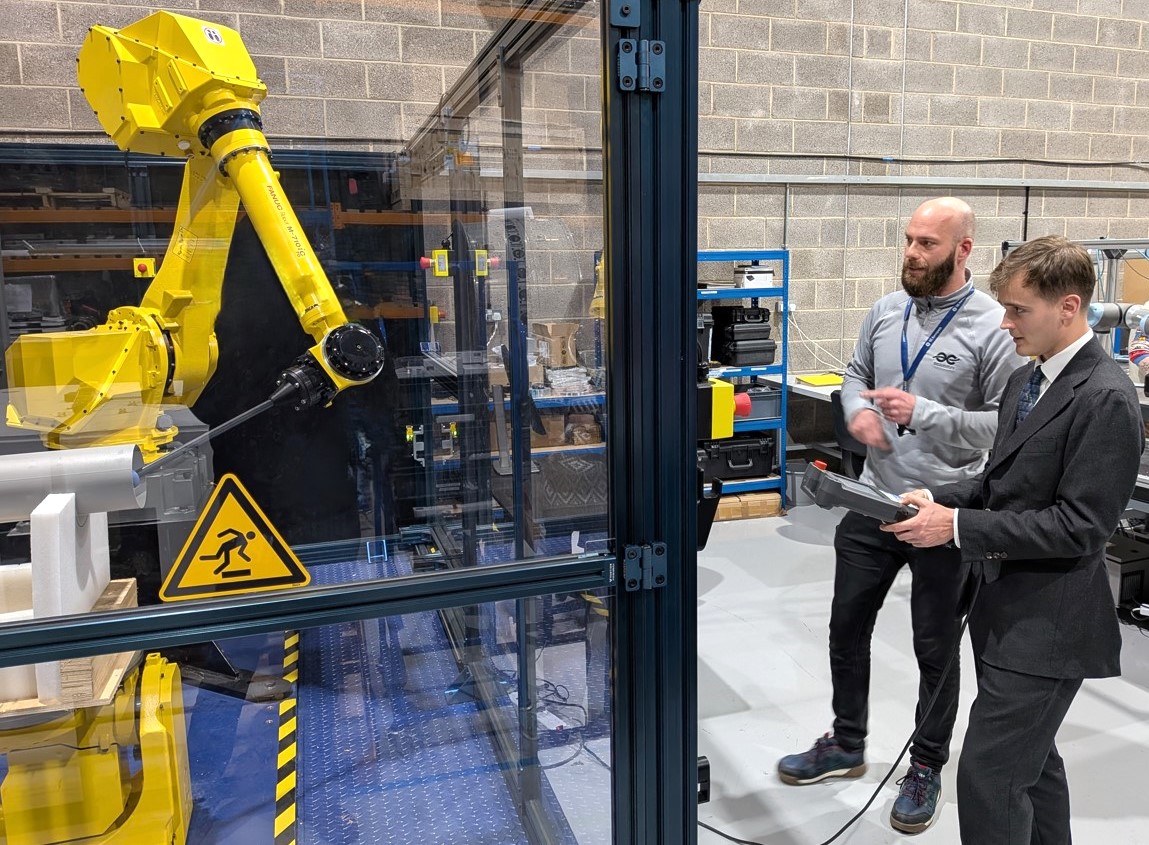Thales joins forces with Airbus Perlan Mission II

Image by James Darcy / copyright Airbus 2019
Through this collaboration, the world will get a live, front row view of the stratosphere and hear from glider pilots as they soar to the edge of space via FlytLink. The Nevada-based Airbus Perlan Mission II team is planning for a possible return to flight this year in the US and El Calafate, Argentina.
Airbus Perlan Mission II is an initiative of The Perlan Project, a non-profit, international team of scientists, engineers and aviators. The group has already set aviation world altitude records in the experimental Perlan 2 glider, which was designed, built and deployed to fly to 90,000 feet without an engine.
Originally launched in 2015, the Perlan 2 achieved its highest record-setting flight of above 76,000 feet in 2018. The organization’s mission is to conduct climate, atmospheric and aeronautical research at extreme high altitudes. Applications of their research include informing more accurate climate-change models, innovating fuel-efficient or zero-emission aviation, and even demonstrating the feasibility of using energy-efficient winged aircraft on Mars.

Soaring too high to use ground-based communications, the Perlan 2 glider will be fitted with the FlytLink Thales Iridium Certus based satellite communications (satcom) system. This means that for the first time it will be possible to make a live feed available to STEM students, researchers and aviation enthusiasts around the world while the aircraft is in flight, enabling access to real-time data downloads. FlytLink is the latest generation of Iridium-based satellite communications systems for cockpit and crew operations. Anywhere in the world, whether flying over the poles, the ocean or land, FlytLink offers coverage and connectivity for critical operations. Its resilience, high dependability and low size, weight and power make it adaptable to any aircraft, including gliders such as Perlan.
“We look forward to Perlan 2 carrying the Thales logo as well as one of the company’s most cutting-edge communication solutions to even greater heights,” said Ed Warnock, CEO of The Perlan Project. “By exploring the stratosphere in an airborne research vehicle that creates zero pollution, we hope to unlock discoveries never possible before. Through this exciting partnership with Thales, we also look forward to inspiring new generations of scientists, engineers and pilots in environmentally conscious aviation.”
“We are delighted to support Airbus Perlan Mission II because we believe the project aligns with Thales’ own strategies for future, greener aviation and the environment,” said Marc Duval-Destin, Vice-President Strategy, Product Policy and Innovation for Thales’ Flight Avionics activities. ”We hope that the live stream will encourage a new generation of young people to consider careers in aerospace, science and engineering.”
When Perlan 2 reaches its next record-breaking target altitude of over 90,000 feet, it will be the highest a winged aircraft has ever flown in level flight. Equipped with cutting edge aviation technology and using spacecraft engineering, its glider wings can fly in less than 3% of normal air density at temperatures of minus 70 degrees Celsius approximating the atmospheric conditions on Mars.
“Our equipment will be in an unpressurised environment,” added Duval-Destin. “So, this is a great opportunity for us to validate the design and performance of our solution in such extremely non-benign conditions.”
Designed to support a wide range of use cases in maritime, land mobile and aviation markets, Thales Iridium Certus based satcom solutions are already used widely among vessels and land/mobile applications to keep critical communications when it is needed at all times, anywhere on the planet.









